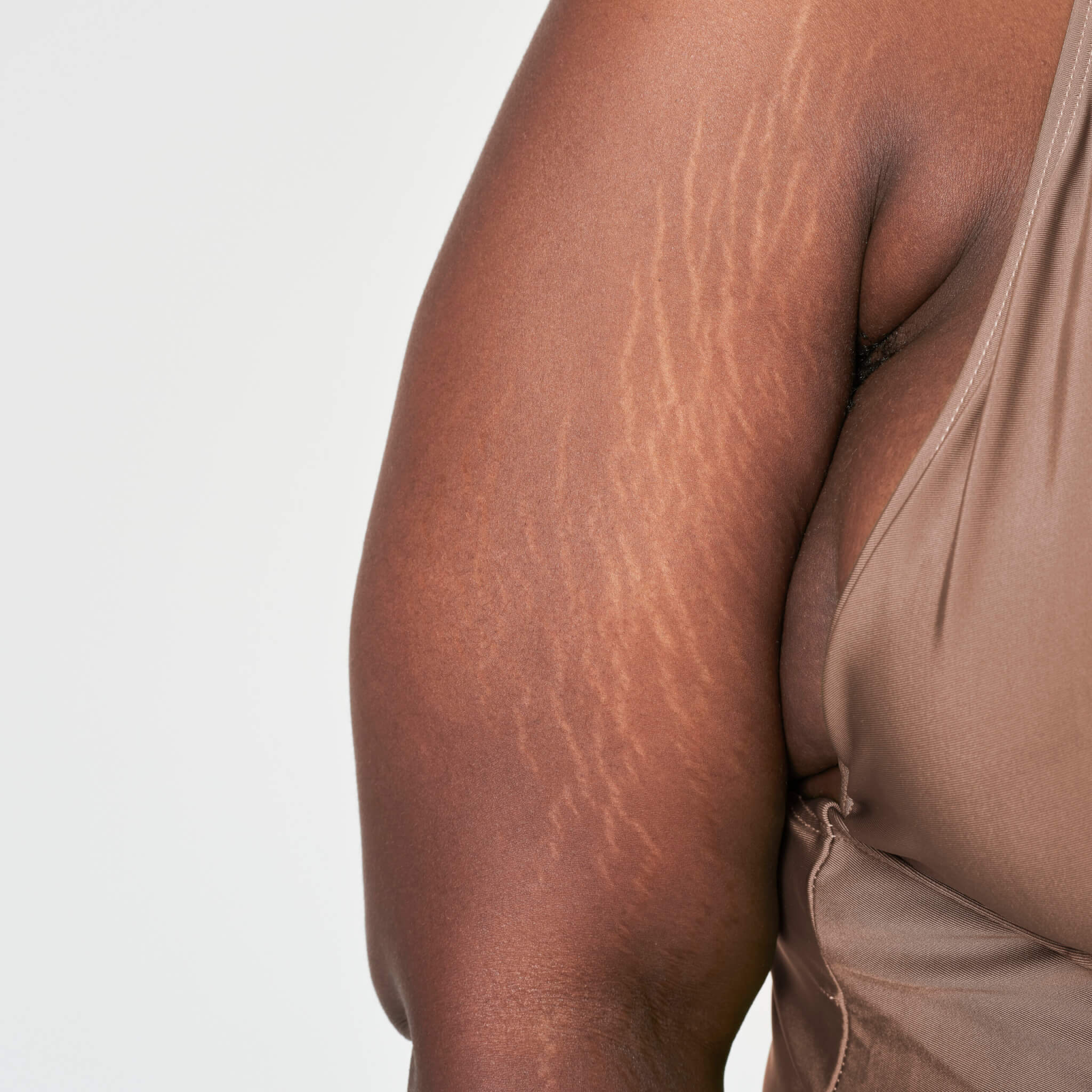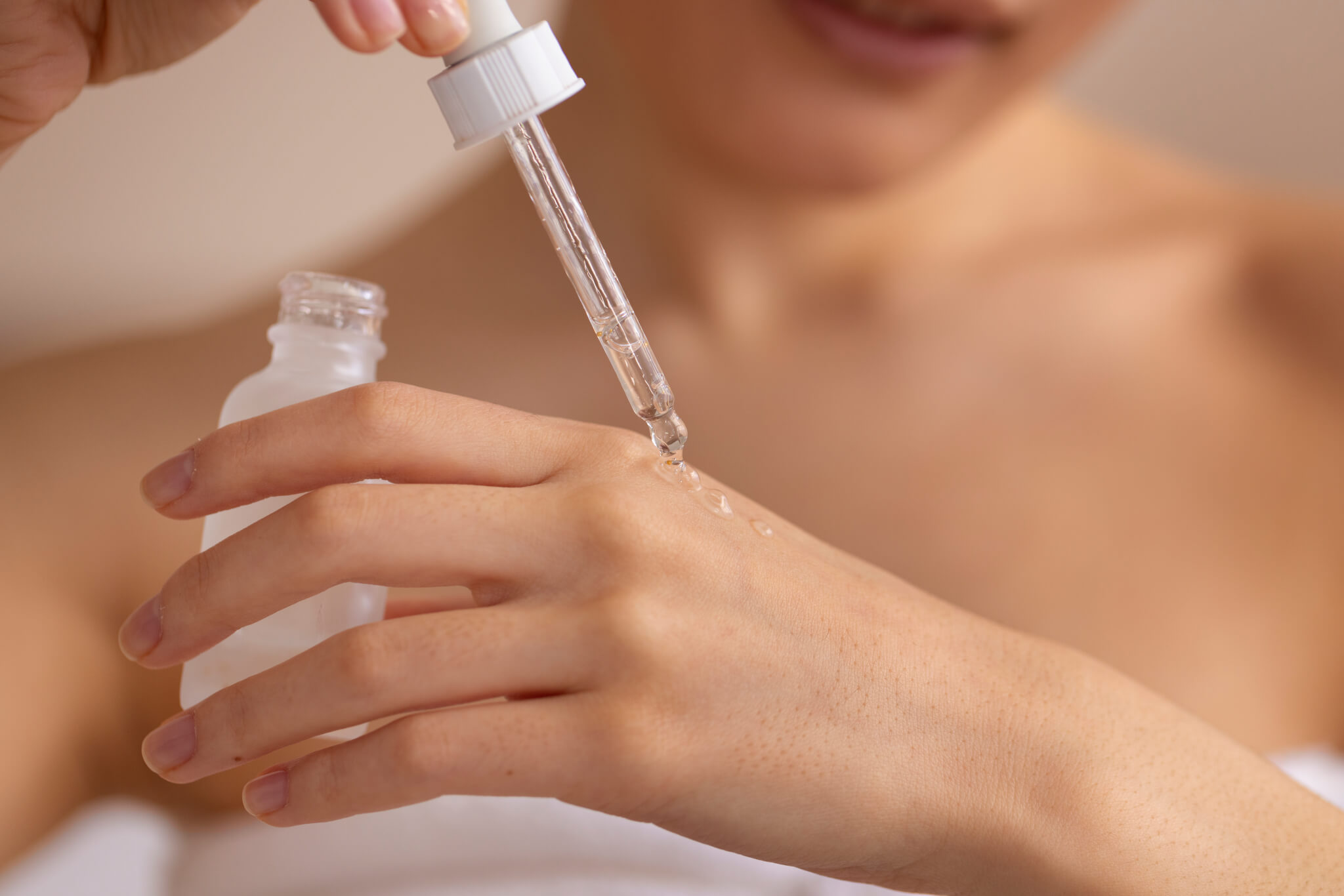Many desire glowing, youthful skin, but the path to radiance isn’t always straightforward. One popular and effective skincare treatment is the chemical peel—a transformative solution that can address various skin concerns. From acne scars and pigmentation issues to signs of aging, chemical peels enhance skin texture and tone.
But what exactly are chemical peels, how do they work, and are they right for everyone? In this article, we’ll break down everything you need to know about chemical peels and how they can contribute to a glowing complexion.
What Are Chemical Peels?
Chemical peels are cosmetic treatments that involve applying a chemical solution to the skin, which causes the outermost layers to exfoliate and eventually peel off. The skin that regenerates underneath is typically smoother, more even, and more radiant. Chemical peels can help improve texture, tone, and overall skin appearance by removing damaged layers of skin.
Depending on the individual’s skin type, concerns, and desired results, these treatments are available in various strengths—superficial, medium, and deep. Understanding the right peel for your skin type is essential, so it’s always advisable to consult with a skincare expert before undergoing any chemical peel procedure.
Types of Chemical Peels
- Superficial Peels (Light Peels):
- Target the outermost layer of the skin (epidermis).
- Typically involve mild acids such as alpha-hydroxy acid (AHA) or beta-hydroxy acid (BHA).
- Ideal for treating minor skin issues like fine lines, mild acne, uneven skin tone, and dryness.
- Minimal downtime and suitable for all skin types.
- Popular for maintenance treatments that quickly refresh the skin’s surface.
- Medium Peels:
- Penetrate the middle layer of the skin (dermis) to remove damaged cells.
- Often use trichloroacetic acid (TCA) or glycolic acid.
- Effective for addressing deeper wrinkles, age spots, moderate discoloration, and acne scars.
- May require a few days of downtime for healing.
- Particularly useful for individuals with uneven skin texture or sun-damaged skin.
- Deep Peels:
- Reach the deeper layers of the dermis for more intensive treatment.
- Commonly use phenol or higher concentrations of TCA.
- Effective for deep wrinkles, significant sun damage, and precancerous growths.
- Requires longer recovery periods and is typically performed by medical professionals.
- Not recommended for darker skin tones due to potential hyperpigmentation risks.
How Chemical Peels Work
A chemical peel involves applying a specially formulated solution to the skin. The solution breaks down the bonds between dead skin cells, prompting the skin to shed and reveal a fresher layer. Depending on the type of peel used, the solution may be left on the skin for a few minutes or several hours before being neutralized or washed away.
After a chemical peel, the skin’s natural healing process kicks in, stimulating collagen production and promoting new cell growth. This renewal process can significantly enhance the skin’s texture, tone, and overall appearance. The deeper the peel, the more extensive the healing process; thus, the more dramatic the results.
Benefits of Chemical Peels
- Improved Skin Texture: Removes dead skin cells to reveal smoother skin.
- Reduced Fine Lines and Wrinkles: Stimulates collagen production, promoting a more youthful appearance.
- Diminished Acne Scars: Can effectively fade scars from previous breakouts, enhancing skin clarity.
- Evened Skin Tone: Reduces hyperpigmentation, age spots, and melasma, resulting in a more uniform complexion.
- Brighter Complexion: Provides an overall radiance boost, making the skin look more vibrant and healthy.
- Enhanced Product Absorption: Post-peel skin is more receptive to skincare products, improving their efficacy.
Potential Risks and Considerations
While chemical peels can be transformative, they may not be suitable for everyone. Potential risks include:
- Redness, swelling, and irritation.
- Prolonged healing periods, especially with deep peels.
- Increased sensitivity to sunlight.
- Potential for scarring or skin pigmentation changes, particularly for darker skin tones.
- Potential allergic reactions or infections if aftercare guidelines are not followed properly.
It’s essential to consult a skincare professional before undergoing a chemical peel to determine the most appropriate type and strength for your skin type and concerns. Skincare experts can assess your skin’s needs and customize a peeling regimen tailored to your goals.
Aftercare Tips
To achieve the best results from a chemical peel, proper aftercare is crucial:
- Hydrate and Moisturize: Use soothing, hydrating products to promote healing. Hyaluronic acid serums and gentle moisturizers are particularly beneficial.
- Avoid Sun Exposure: Protect your skin with broad-spectrum sunscreen daily. Avoid direct sunlight and consider wearing hats or protective clothing.
- Avoid Picking or Scrubbing: Allow your skin to heal naturally. Forceful exfoliation can cause irritation or scarring.
- Follow Professional Guidance: Always adhere to the post-care instructions provided by your skincare professional to ensure optimal healing and results.
Conclusion
Chemical peels can be an effective way to achieve radiant, rejuvenated skin. By understanding the different types of peels, their benefits, and potential risks, you can decide whether this treatment is right for you. Consulting with a skincare specialist is the first step in your journey to glowing, healthy skin.
For more expert advice and skincare treatments, visit Dermartisan.






